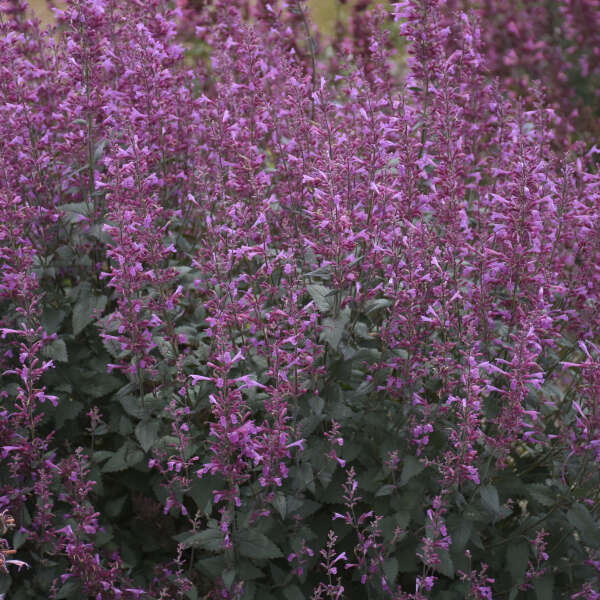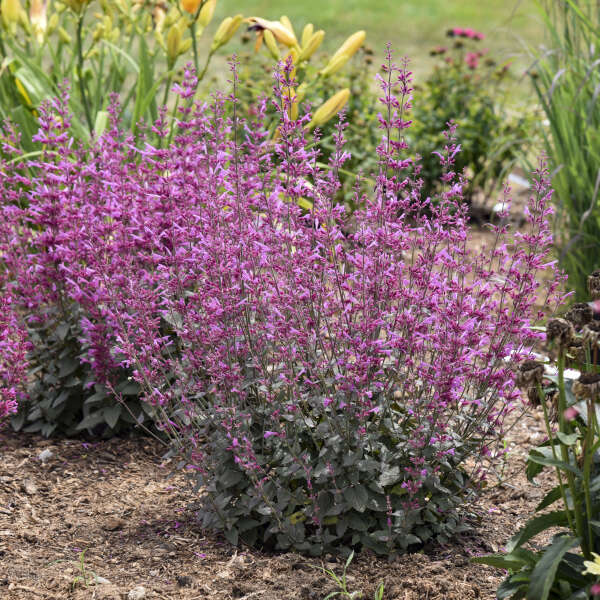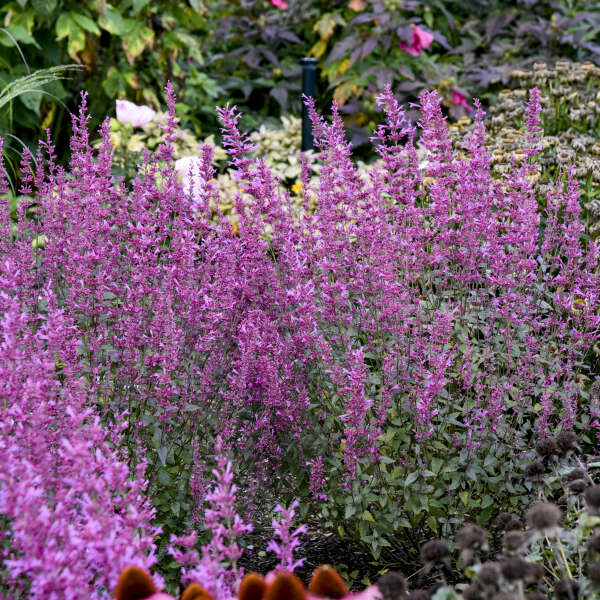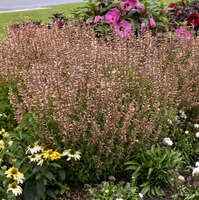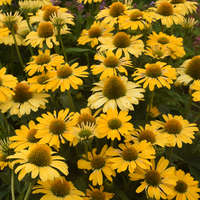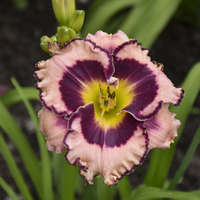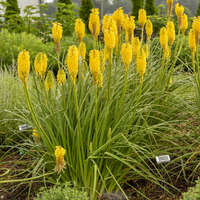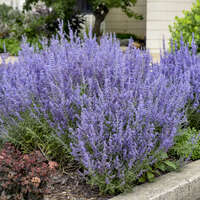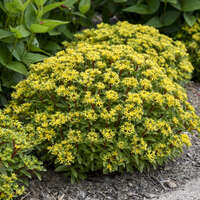Agastache 'Royal Raspberry' PP34910 CPBRAF
MEANT TO BEE® Collection
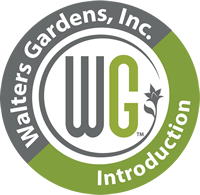
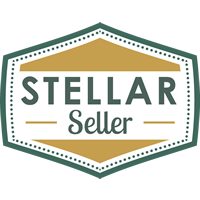

Common Name: Anise Hyssop, Hummingbird Mint
The buzz has already begun over this new collection of Agastache from Proven Winners® Perennials. Members of the MEANT TO BEE® Collection were selected for their large, full habits, significant landscape presence, and hardiness. Each variety has reliably overwintered in our Zone 6 West Michigan winters and colder trial sites. Flowers cover the top two thirds of these plants from mid to late summer, with colorful calyxes extending interest well into fall. Pollinators are known to frequent these plants and they are a particular favorite of hummingbirds.
'Royal Raspberry' has rosy purple flowers with burgundy calyxes. New foliage emerges with a burgundy cast in spring. Best performance comes in full sun with well drained soils.
Agastache are well-adapted to thrive in dry soils and is right at home in rock gardens and xeric container plantings where it will attract hummingbirds, butterflies, and honeybees. This is one of the easiest perennials to grow.
128ct Plug Tray |
30ct Plug Tray |
72ct Plug Tray |
